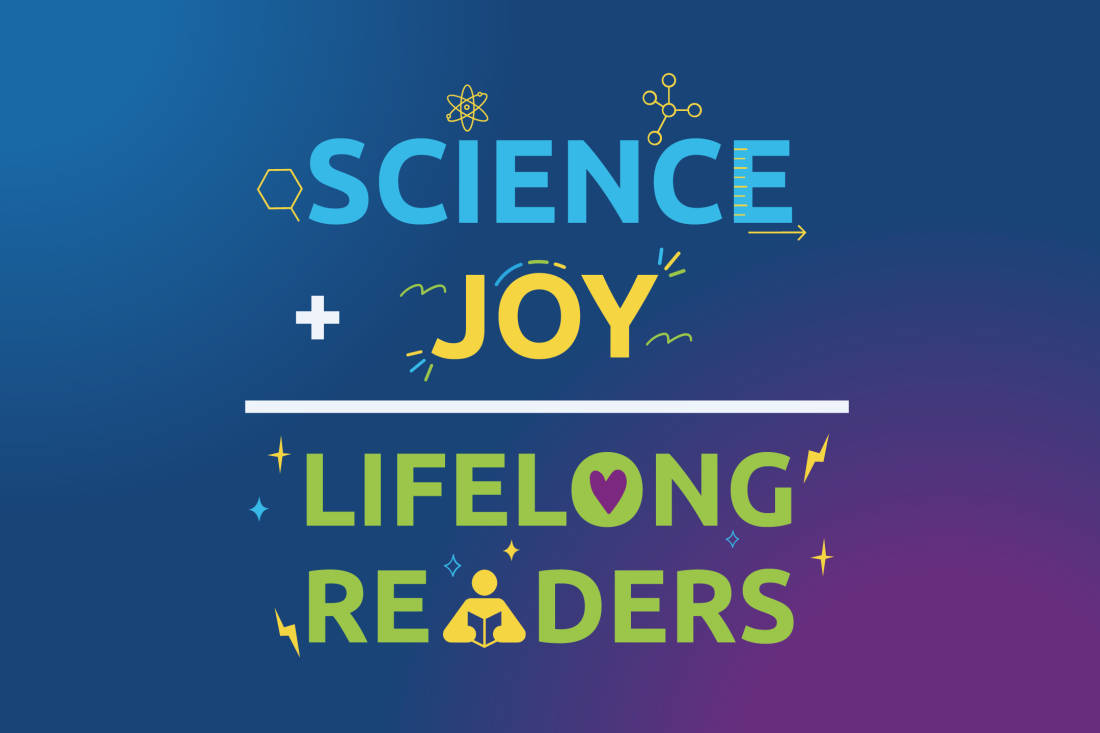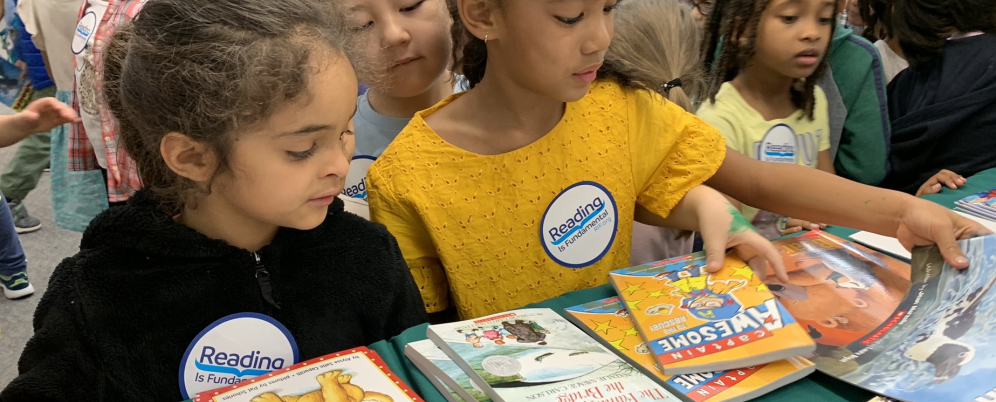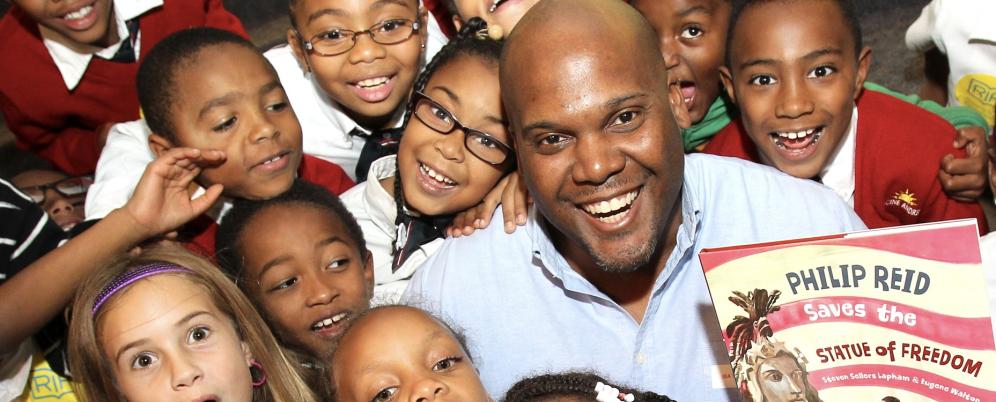The Intersection of Science and Joy
For six decades, Reading Is Fundamental (RIF) has worked to ensure that every child develops a love of reading while having access to books, free research-backed reading resources, and the opportunities reading can provide. As we celebrate National Reading Month, we invite you to read on to hear from Dr. Erin Bailey, RIF’s Director of Literacy & Content, a former classroom teacher, literacy researcher, professor and subject matter expert, as she unpacks the Science of Reading and why RIF’s commitment to the Joy of Reading is a vital component in creating lifelong, inspired readers.
The Science of Reading (SOR) is a hot topic right now. You see it advertised by curriculum publishing companies, see it on social media, learn about it through webinars, and more! But what do people mean when they refer to SOR and how does RIF play a role?
As a researcher and literacy expert, I frequently get asked, “do you teach the science of reading?” or “are your resources aligned with the science of reading?” However, most of the time when people ask this, what they are really asking is “do you teach explicit and systematic phonics?” While this is a critical component of reading instruction, phonics alone is not the “science of reading.” Through this blog post, I will break down what “science” is in relation to reading research and share about a critical complementary component: the joy of reading!
How do we define science in research? Simply put, when people think about science in relation to education, what they mean is that the program (curriculum, instructional strategy, etc.) was evaluated using rigorous research methods such as a randomized control trial.
Like the medical field, education researchers conduct experiments in which one group of teachers or students receive a treatment, such as a new curriculum, professional development, or teaching strategy, and the other group receives what we call “business as usual.” The researchers test the two groups and use statistics software to determine if there is a difference in outcomes and if this difference can be attributed to the treatment they received. The criteria for such high-quality research are outlined by the U.S. Department of Education’s What Works Clearinghouse (WWC). Literacy programs that meet these criteria are considered scientifically-based.
In 1986, Phillip B. Gough and William E. Tunmer developed a theory called the Simple View of Reading1 to classify reading disabilities as either word level (decoding) or language level (comprehension). Dr. Hollis Scarborough illustrated this concept through her Reading Rope2, which illustrates the two major strands that are woven together for a child to become a skilled reader. These two major strands and their subcomponents have largely become referred to as SOR due to the abundance of high-quality, empirical studies that support instructional programs and curriculums tied to these reading strands.
RIF’s model is based on the belief that in addition to these two major strands, there is a third major component that must be fully integrated to successfully drive reading proficiency: JOY! RIF defines the joy of reading by demonstrated increases in students’ reading motivation, frequency, and engagement.

Research indicates joy to be an equally important component that alone does not drive reading proficiency—but when combined with word recognition and language comprehension, supports measurable reading outcomes for children. We believe, and evidence shows, that when children find joy, imagination, delight, and possibility in reading, they come back to it time and again, building their reading proficiency.
RIF is committed to continuing to understand the joy of reading and its power. RIF’s comprehensive approach to reading research involves bringing together quantitative and qualitative forms of research. By doing so, we can not only learn whether our programs are having positive outcomes on reading achievement, but also whether the participants in our programs are having positive experiences. Through our research initiatives we hope to build the body of knowledge that establishes a clear connection between reading JOY and reading outcomes.
Learn more about effective ways to encourage reading comprehension while spreading reading joy, along with the benefits of family engagement, by checking out Dr. Bailey’s recent appearance on the Transformative Principal podcast, available to stream here.
[1] Gough, P. B., & Tunmer, W. E. (1986). Decoding, Reading, and Reading Disability. Remedial and Special Education, 7(1), 6-10.
[2] Scarborough, H. S. (2001). Connecting early language and literacy to later reading (dis)abilities: Evidence, theory, and practice. In S. Neuman & D. Dickinson (Eds.), Handbook for research in early literacy (pp. 97-110). New York: Guilford Press.

